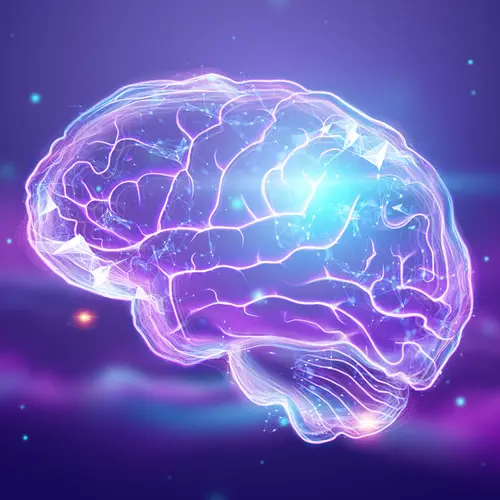Juvenile myoclonic epilepsy (JME) is a type of epilepsy that starts in in childhood or the teen years.
People who have it wake up from sleep with quick, jerking movements of their arms and legs. These are called myoclonic jerks.
Even if you don’t have epilepsy, you’ve probably had these jerks that jolt you awake, often when you’re just about to fall asleep. But people with JME usually have other types of seizures as well.
After the age of 30, the seizures tend to get better. And medications can keep JME under control. But most people with the condition will need to take the medicine for the rest of their lives, even if they stop having seizures.
Symptoms
The first seizures usually start between the ages of 5 and 16. People with JME have three different types:
- Absence seizures are usually the first kind that a child with JME will have. They might seem to be daydreaming or zoning out for 10 seconds or so during these episodes. So you might not even notice when they happen.
- Myoclonic seizures -- the jerking movements in one or both arms and legs -- typically start from 1 to 9 years later, around age 14 or 15. Some kids will only have irregular movements in their fingers. This may make them drop things and look clumsy.
- Tonic-clonic seizures usually start a few months later. During these seizures, muscles throughout the child’s body will get stiff and jerk rhythmically. They’ll pass out and may fall to the floor. They usually last for 1-3 minutes.
Seizures often happen within 30 minutes to an hour of waking up in the morning or after a nap. A cluster of myoclonic jerks may be a warning sign that a tonic-clonic seizure is coming.
About 1 in 6 people with JME only have myoclonic jerks and don’t have other kinds of seizures.
What Causes JME?
Doctors don’t know exactly why some people get JME. But it may be tied to genes that run in your family. About one-third of those with the condition have a relative who has seizures.
It is clear that some things tend to bring on seizures, though. The most common triggers are lack of sleep and too much stress.
Drinking alcohol, which can lead to too little sleep and fatigue, is the strongest trigger of myoclonic jerks and tonic-clonic seizures.
Flickering lights can also trigger seizures for some people. It might happen while watching TV, playing video games, or being outside as light flickers through trees or off waves or snow.
Some girls and women get seizures during their periods, too.
Getting a Diagnosis
Doctors diagnose JME with an electroencephalogram (EEG), a test that can find unusual patterns in brain waves. You’ll have the test while you’re asleep and awake.
To do the test, your medical team places electrodes on your scalp. They’re connected with wires to a computer that shows the electrical activity of your brain cells. The results look like a graph of spikes and wavy lines. Your doctor will scan them to look for patterns that signal JME.
Your doctor may also want to do imaging tests of your brain, such as magnetic resonance imaging (MRI) and a computed tomography (CT) scan, to see if there’s anything else that could be causing your seizures.
Treatment
The first things a doctor will recommend to treat JME are lifestyle changes to avoid seizure triggers. That means getting enough sleep, not drinking alcohol, and finding ways to manage stress.
Most people with JME will also need one or more anti-seizure medications. They can control seizures in 90% of people with the condition. These medicines include:
Valproic acid is the most effective drug for JME. But women shouldn’t take it during their childbearing years. They can try other medicines to control seizures.
Most people with JME will need to take anti-seizure medications their entire lives, although they may be able to take less of the medicine over time.

